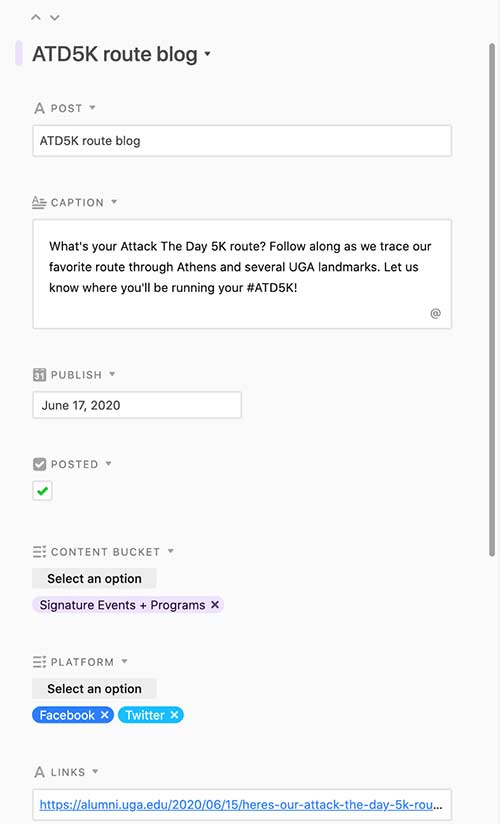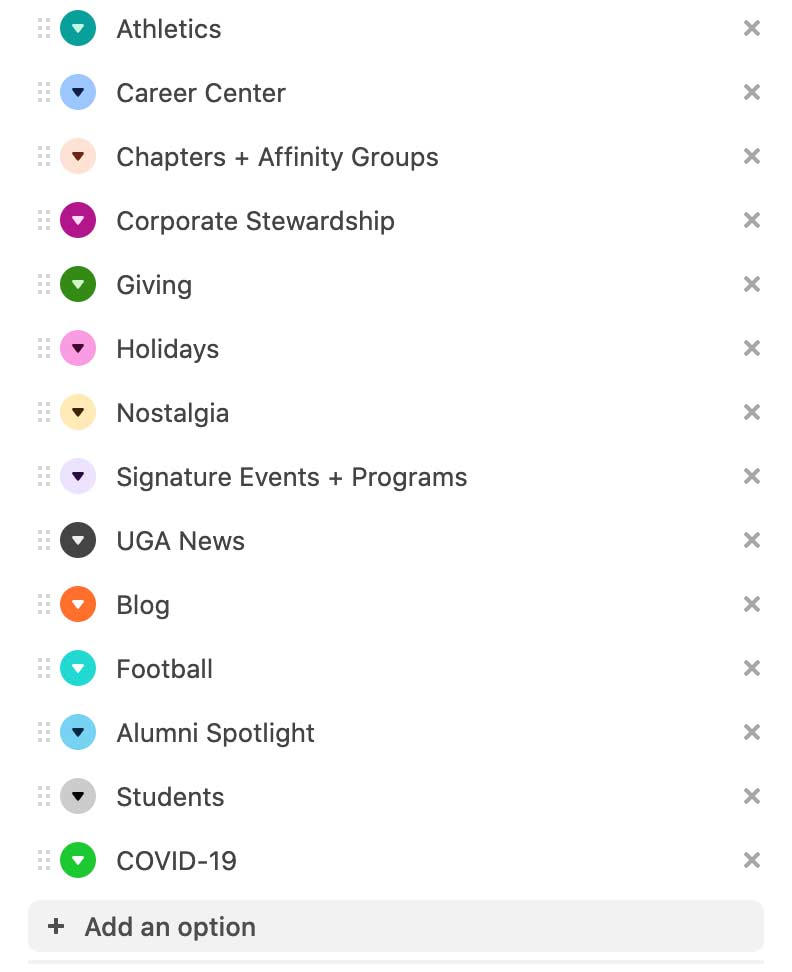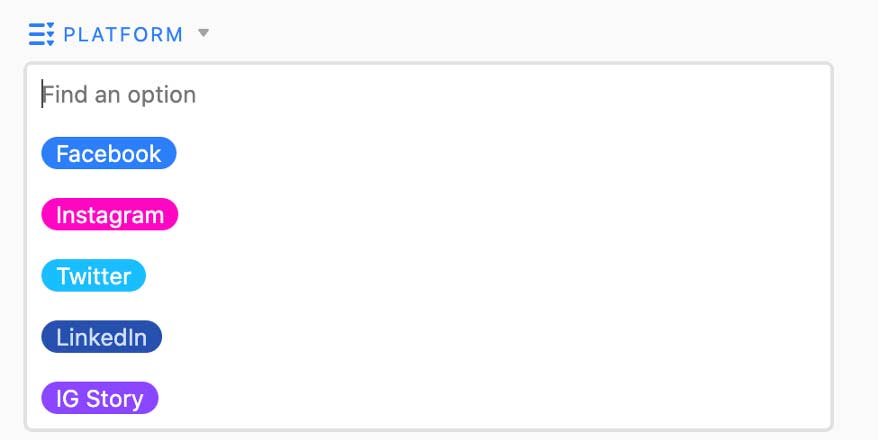So, you want to highlight students in your marketing materials to show the impact of giving to UGA?
That process looks a little different now, but fear not! DARCOMM is on the case.
The U.S. Department of Education has released new guidelines on the implementation of the Family Educational Rights and Privacy Act (FERPA) to better protect students’ information in an ever-changing digital and technological landscape.
As provided in a recent meeting for campus PR specialists and brand communicators, representatives from the UGA Office of the Registrar and UGA Legal Affairs shared this new guidance and how it may pertain to communications that originate at the university.
From the U.S. Department of Education:
A school may disclose “directory information” to third parties without consent if it has given public notice of the types of information which it has designated as “directory information,” the parent’s or eligible student’s right to restrict the disclosure of such information, and the period of time within which a parent or eligible student has to notify the school in writing that he or she does not want any or all of those types of information designated as “directory information.” 34 CFR § 99.3 and 34 CFR § 99.37.
To spare you all from some incredibly riveting legalese, the gist is: if you are using any of the following student directory information in marketing/communication materials, you MUST have that student sign a consent form that follows the new FERPA guidance:
- Student’s name
- Hometown
- Institution-based email address. Under this category, an institution assigned email may be disclosed without consent only to other, current students. In addition, students may not request email listings of the entire student body or segments thereof, except for academic purposes.
- Major field of study
- Enrollment status (full-time, part-time)
- Participation in officially recognized activities and sports
- Dates of attendance
- Degrees, honors, and awards received
- Thesis/Dissertation title
- The most recent educational institution attended
- Height and weight of athletes
- Class level
Right now, you may be thinking, “Well, what changed? Everything was fine before!” And it totally was. Kind of. Open records requests were making student phone numbers and emails available to the public to solicit students and their parents. This protects that information and their privacy.
You may have even more questions than you did before you started reading this incredibly well-written blog. We did, too! Here’s what we learned:
- This does not apply if you take a photo at an event (like Dawg Day of Giving, for example) and a student just happens to be in the photo — it’s only when any of the identifiable information above is included with a photo!
- If you already use some sort of consent form for your work with students, please make sure that it includes FERPA language and that it requires a signature from the student — digital or otherwise.
- A checked box on a consent form is not sufficient for the new FERPA guidance — there must be a signature from the student! Digital signatures are acceptable if you decide to convert the consent form to a digital format.
- If you have any questions about a consent form you are currently using, it’s always a good idea to double-check with Legal Affairs.
- If you are looking to highlight students who receive a scholarship — and you would like them to talk about the impact of that scholarship on their academic journeys, for example — Caitlin Lacey in the Office of Donor Relations & Stewardship has a tried-and-true process for obtaining consent and contacting those students. Work with her first!
If you have not been using a consent form for your work with students, and that work is primarily marketing-based, DARCOMM has developed a FERPA-compliant likeness release form that you are free to use.
More information about FERPA can be found at the Office of the Registrar’s website.








